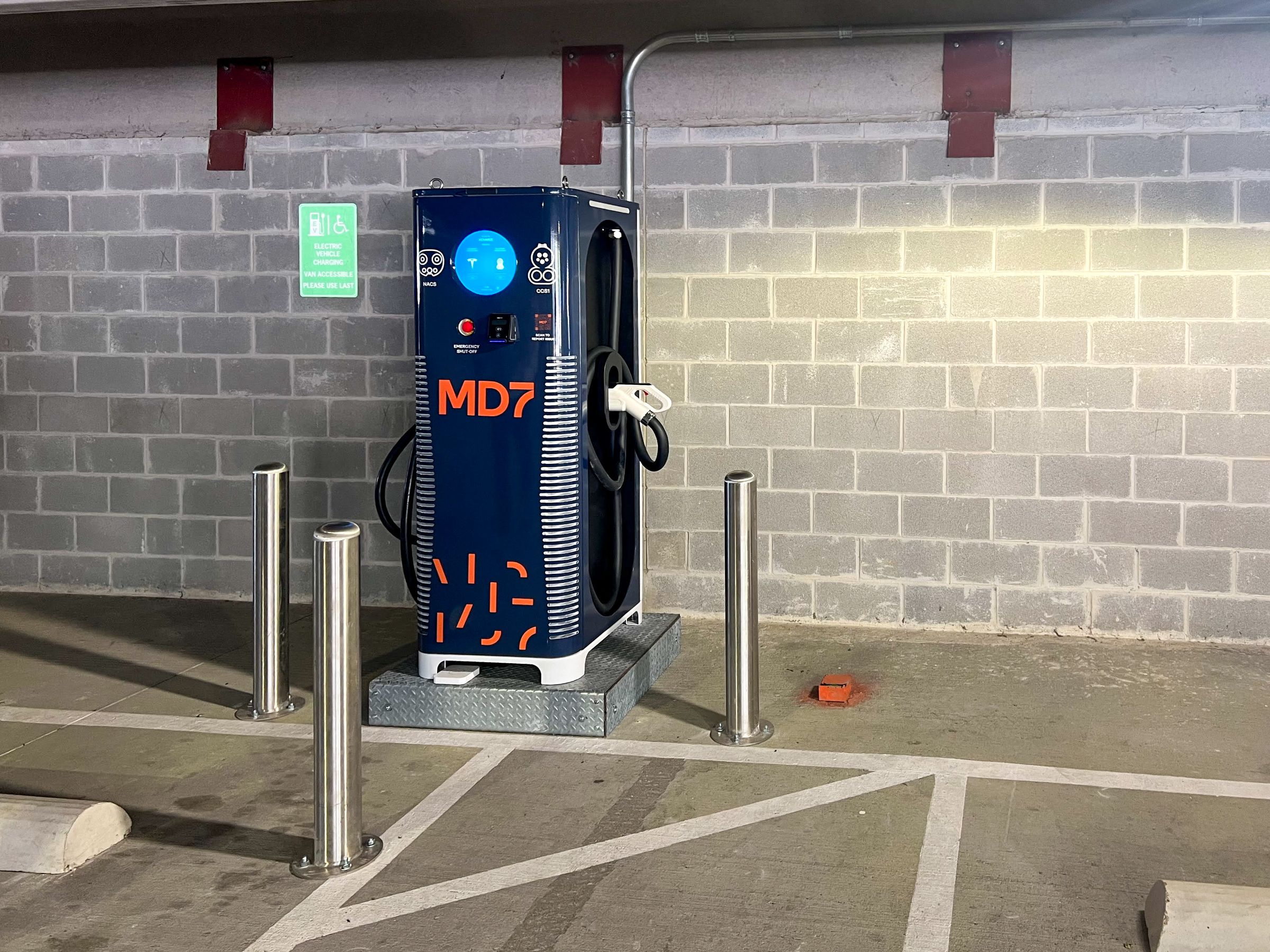The 5G Era is Here
How to balance not only cost and growth, but also the sheer number of sites as well
Md7 was energized while attending the recent 5G World Summit, which concluded in London during the second week of June, 2019. There were a wide variety of different tracks and sessions, but one common theme kept coming up time and again:
Mobile network operators operating in the 5G era will not only need to learn how to effectively balance cost and growth, but also the sheer volume of sites and new technologies they’ll be adding and needing to manage.
Balancing the Cost and Growth of 5G
Yes, it’s true that the upfront capital investment to fully embrace 5G will be enormous. However, it was clear during the event that there are a number of different techniques that can help mitigate the upfront costs.
For starters, a standardization of infrastructure will be needed, along with more network sharing among operators. Zero touch network operations and deployment, along with predictive and automated solutions, can also help significantly cut down on the costs needed to expand digital operations.
Programmable networks like SDNs (software defined networks), NFVs (network functions virtualization) and SONs (self-organizing networks) can also help businesses both enable rapid innovation and cut down on operating costs at the same time.
Multiple service platforms will unlock new opportunities for monetization, which itself can help reduce some of this financial burden. These include things like the Internet of Things, application enablement, artificial/augmented reality and even gaming among certain segments of the population.
The Volume Factor
How to handle not only the volume of small cell sites but also the work functions within those sites was also discussed more than once during the event. The consensus is that as equipment costs go down, operators are then in a better position to deploy more equipment for the same capital expenditure. However, the operating expenditures to actually deploy and manage all of these sites will increase – representing a delicate tightrope act that will require new skills and new ways of support in order for the operators to be successful.
High volume deployments will not only need a standardization of processes, but also the tools and systems necessary to handle this trajectory. Some of this hasn’t even been invented yet. For example, new methods and existing technologies (like further applications of AI, MLP, computer vision, and others) will need to be adapted and customized for the specific needs of this industry.
Operational complexities will only continue to grow over time, and that is one trend that shows no signs of slowing anytime soon. But here’s the silver lining: as long as the wireless operators and their partners continue on their path of innovation—in regards to both their services and the delivery mechanism—the future of 5G is a bright one indeed.




